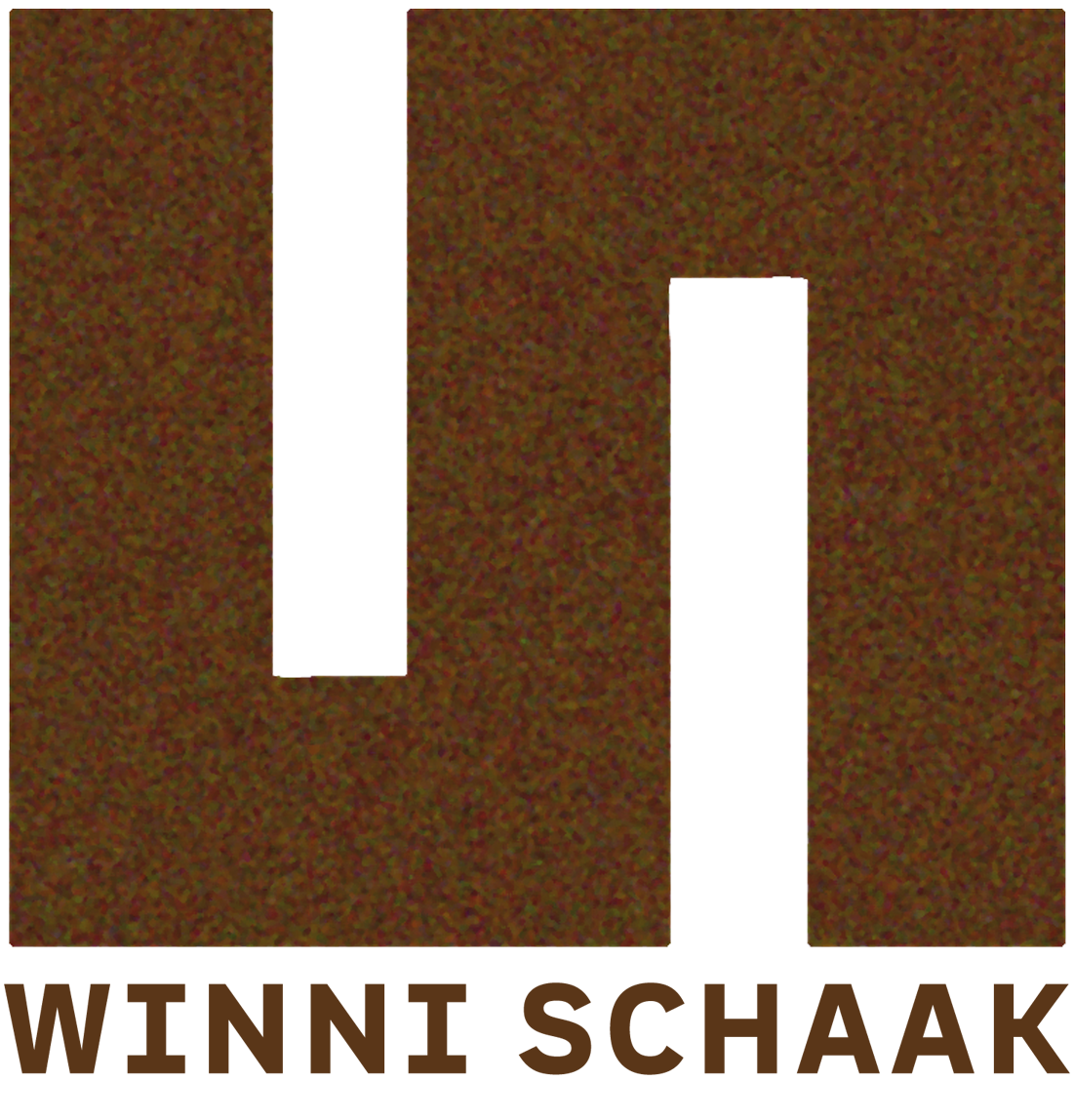Texts
Twisted contours
Irritation – that is what Winni Schaak’s elegant objects cause at first sight. Being a master of the perspective, Schaak’s sculptures surprise the art lover not only through unexpected views but also through his choice of material. At first sight the viewer might expect wood below the rust-coloured surface of Schaak’s meticulously worked piece of art, at second sight the viewer realises that Schaak works with cold Corten steel. Where a vertical or a horizontal line is expected, slightly curved or even twisted contours surprise the observer. Due to Schaak’s artful play with the perspective in combination with his subtle curved lines, his convex surfaces and the low depth of his sculptures, they appear to be optical allusions to the human eye.
In Schaak’s latest work, his extremely flat, relief-like wall sculptures, he pushes the envelope in terms of material and form. These sculptures are so flat that the observer believes them to be two-dimensional rather than being a hollow body. Schaak’s pivoted wall sculptures show impressive changes in the perspective and optical illusions when being rotated. These sculptures are the temporary endpoint of Schaak’s creative period in which he experimented with seemingly unlimited variations of the fundamental form of rectangle and cube. Schaak’s new wall sculptures fascinate through reduction and balance of proportion. Well-considered proportions, perfect lines, surface finishing with meticulous precision and Corten steel, a high quality material, make Winni Schaak’s minimalistic sculptures become aesthetic pieces of art which convince through their unique elegance.
Petra Severin
Art historian, Lübeck, 2014
Two-dimensional Three-dimensionality
Winni Schaak’s minimalistic constructions are characterised by straight lines and powerful curves, convex, concave and even flat surfaces. His forms are clear and balanced. Partly one is reminded of architecture, partly of organic creatures, whose strict geometric shapes are at the same time full of vitality. Not only Winni Schaak’s small-format sculptures but also his monumental outdoor pieces are simultaneously weighty and weightless. And that is the case although they are produced of solid materials such as bronze or stainless steel. Predominantly, however, Winni Schaak uses Corten steel, which is a weatherproof steel whose rusty and yet smooth surface gives his sculptures warmth and depth.
At the moment Schaak is working on a series of sculptures which he calls “Kopfkartons”. The originally clear cubic forms of these “Kopfkartons” obtain enormous complexity through twists, rotations and openings. Thus the observer is rewarded with unexpected perspectives. The “Kopfkartons” appear enigmatic, irritating. There are no horizontal or vertical lines. Instead, the surfaces of his “Kopfkartons”, like those of the “Perspective”-series, seem to have tipped slightly from a right-angle.
Winni Schaak plays with perspective; spatial objects appear to become two-dimensional surface areas. Schaak says: “I am fascinated by the two-dimensionality within three-dimensionality.” Methodical, precise and with technical perfection, Schaak manages to translate this fascination into his welded constructions. As a result, Schaak has created extraordinary sculptures.
Cornelia Wichtendahl
Art historian, Gallerist
